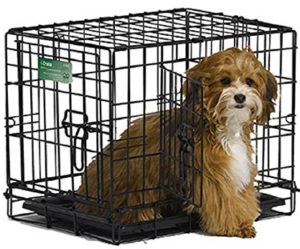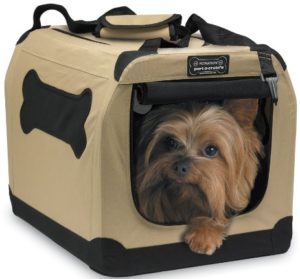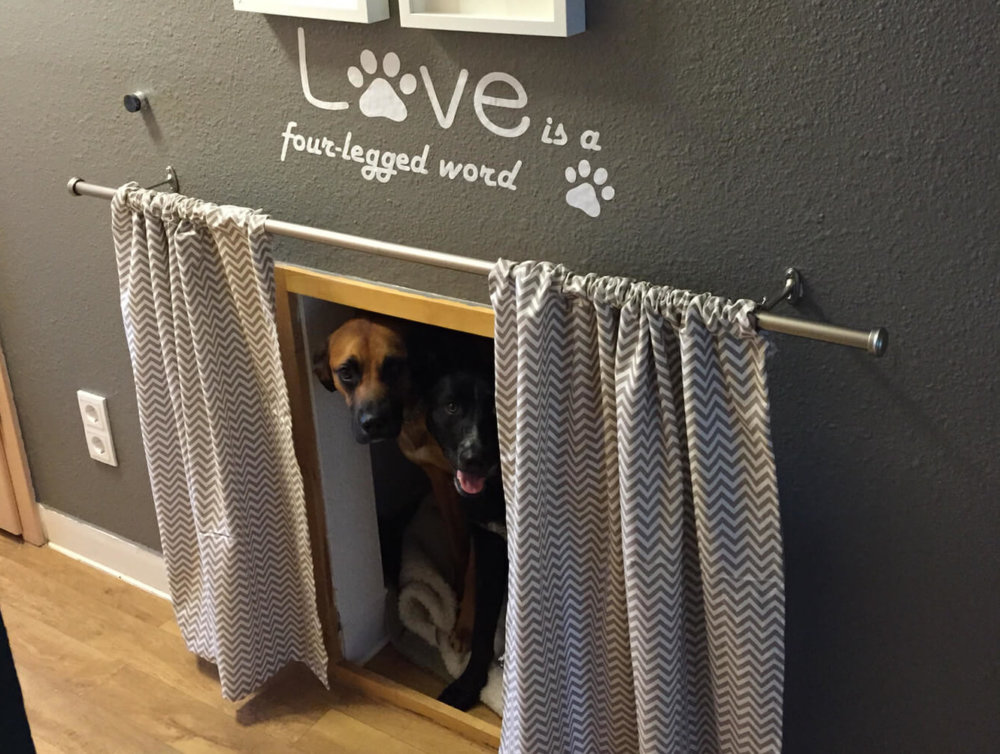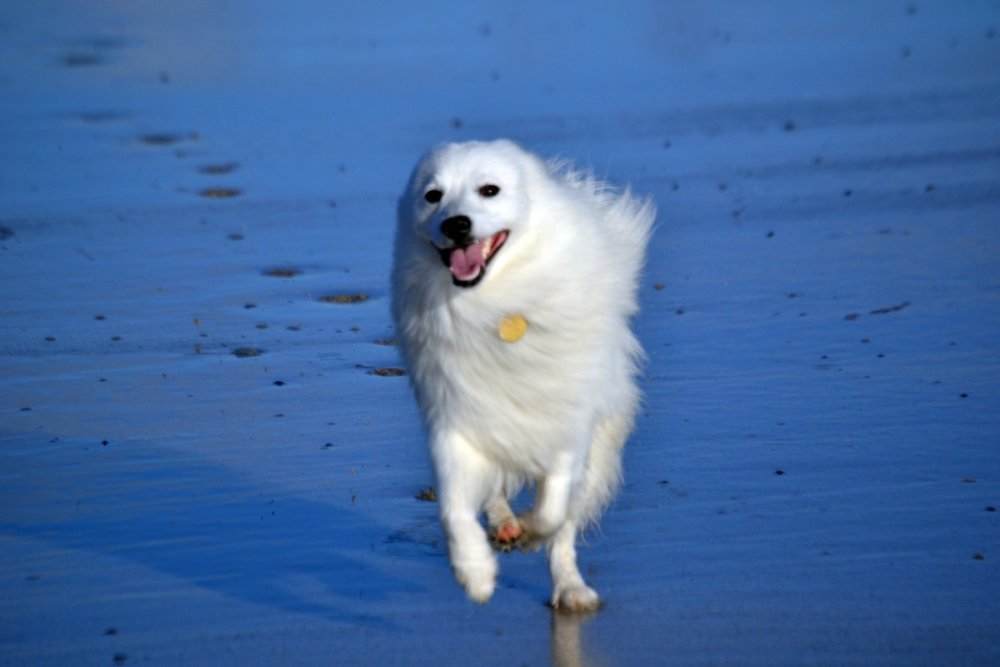Last Updated on June 22, 2024
Choosing the right dog crate for your small companion can seem daunting. However, with the right information, you can find a crate that provides both comfort and security for your furry friend.
Why Use a Dog Crate?
 Contrary to popular belief, dog crates, when used correctly, are not cruel. In fact, they offer several benefits for both dogs and owners.
Contrary to popular belief, dog crates, when used correctly, are not cruel. In fact, they offer several benefits for both dogs and owners.
- Potty Training: Crates can be invaluable tools for potty training puppies. By utilizing their natural instinct to avoid soiling their sleeping area, you can guide them towards appropriate elimination spots.
- Travel Companion: When traveling with your small dog, a portable crate ensures their safety and comfort during the journey.
- Safe Haven: Dogs often seek enclosed spaces for comfort and security. A crate can become their personal haven, especially when you’re away from home.
Selecting the Ideal Crate: Key Considerations
When choosing a crate for your small dog, size is paramount. A crate that’s too large won’t provide the necessary snugness and may hinder potty training. Conversely, a too-small crate will feel cramped and uncomfortable.
- Measuring for Success: Measure your dog’s height (from top of head to floor while sitting) and length (from nose to tail tip). Add 6 inches to the height and 4 inches to the length to determine the ideal crate dimensions. This ensures your dog can stand, turn, and lie down comfortably.
Crate Options for Your Small Dog
Here are two top-rated crates for small dogs, along with some personal insights:
MidWest Homes for Pets 18″ iCrate Double Door Dog Crate:
 This popular choice is a great fit for most small breeds like Chihuahuas, Pomeranians, and Yorkies. Its 18L x 12W x 14H inch dimensions provide ample space without being overwhelming. The portability and easy-to-clean plastic pan make it a convenient option for travel and everyday use. I’ve used this crate for my energetic Jack Russell Terrier, Pip. The rounded edges ensured he wouldn’t get hurt during his playful antics. The double doors made it super easy to access the crate for cleaning or playtime.
This popular choice is a great fit for most small breeds like Chihuahuas, Pomeranians, and Yorkies. Its 18L x 12W x 14H inch dimensions provide ample space without being overwhelming. The portability and easy-to-clean plastic pan make it a convenient option for travel and everyday use. I’ve used this crate for my energetic Jack Russell Terrier, Pip. The rounded edges ensured he wouldn’t get hurt during his playful antics. The double doors made it super easy to access the crate for cleaning or playtime.
Pros: A perfect fit for all small dogs. Portable and easy to clean.
Cons: No top access point.
Petnation Indoor/Outdoor Pet Home, 16-Inch, for Pets up to 10 Pounds:
 While not a traditional crate, this versatile pet home serves as a cozy and portable enclosure for small dogs. Its 16 x 11 x 11 inch dimensions are perfect for breeds up to 10 pounds. The mesh fabric panels provide excellent ventilation, while the sturdy steel frame ensures durability. This pet home was a lifesaver during a summer camping trip with my Beagle, Luna. The mesh windows kept her cool, and the collapsible design made it a breeze to pack and transport.
While not a traditional crate, this versatile pet home serves as a cozy and portable enclosure for small dogs. Its 16 x 11 x 11 inch dimensions are perfect for breeds up to 10 pounds. The mesh fabric panels provide excellent ventilation, while the sturdy steel frame ensures durability. This pet home was a lifesaver during a summer camping trip with my Beagle, Luna. The mesh windows kept her cool, and the collapsible design made it a breeze to pack and transport.
Pros: Highly portable.
Cons: Soft material, hence might be prone to chewers.
Crate Training: A Positive Approach
Introducing a crate to your small dog requires patience and a positive approach. Here’s a step-by-step guide to make the process smooth and enjoyable:
- Initial Introduction: Start by placing the crate in a familiar and comfortable area of your home. Leave the door open and let your dog explore it at their own pace. Toss in some treats or favorite toys to encourage positive association.
- Mealtime Magic: Once your dog is comfortable entering the crate, try feeding them their meals inside with the door open. This creates a positive connection between the crate and a pleasurable activity.
- Gradual Closure: After your dog is comfortable eating in the crate, begin closing the door for short intervals while they eat. Gradually increase the duration of closure, always ensuring your dog remains calm and relaxed.
- Naptime Haven: Encourage your dog to take naps or rest inside the crate with the door open. Provide a cozy blanket or bed and make it a comfortable retreat.
- Playtime Fun: Engage in interactive play sessions with your dog inside the crate. This helps them associate the crate with fun and bonding time with you.
- Patience is Key: Throughout the training process, be patient and understanding. Avoid forcing your dog into the crate or using it as punishment. If your dog shows signs of anxiety or distress, take a step back and try again later.
Crate Accessories: Creating a Cozy Den
Transform the crate into a welcoming haven for your small dog with thoughtful accessories:
- Comfortable Bedding: Choose a soft and supportive bed or blanket that fits snugly inside the crate. Consider your dog’s sleeping preferences and the climate. A plush bed provides warmth in colder months, while a breathable mat might be ideal for summer.
- Water Access: Provide a secure water bowl or bottle that attaches to the crate bars. Ensure your dog has access to fresh water at all times, especially during longer crate sessions.
- Engaging Toys: Include a variety of safe and durable toys inside the crate. Chew toys help with boredom and teething, while plush toys offer comfort and companionship. Rotate toys regularly to maintain novelty.
Addressing Concerns: Crates as Positive Tools
It’s important to dispel the misconception that crates are cruel or restrictive. When used correctly, they provide numerous benefits:
- Structure and Routine: Crates can establish a sense of structure and routine for your dog, especially during times when you’re away. This can be particularly helpful for puppies or dogs with separation anxiety.
- Safety and Security: A crate provides a safe and secure space for your dog to retreat to when feeling overwhelmed or anxious. It can also prevent destructive behaviors or accidents when unsupervised.
- Travel and Emergencies: A portable crate ensures your dog’s safety and comfort during travel or in case of emergencies where you may need to evacuate your home.
Remember, the key is to create a positive association with the crate. By using it as a place of comfort, training, and play, your small dog will learn to appreciate their personal haven.
 Dog N Treats All dogs deserve to be pampered
Dog N Treats All dogs deserve to be pampered



